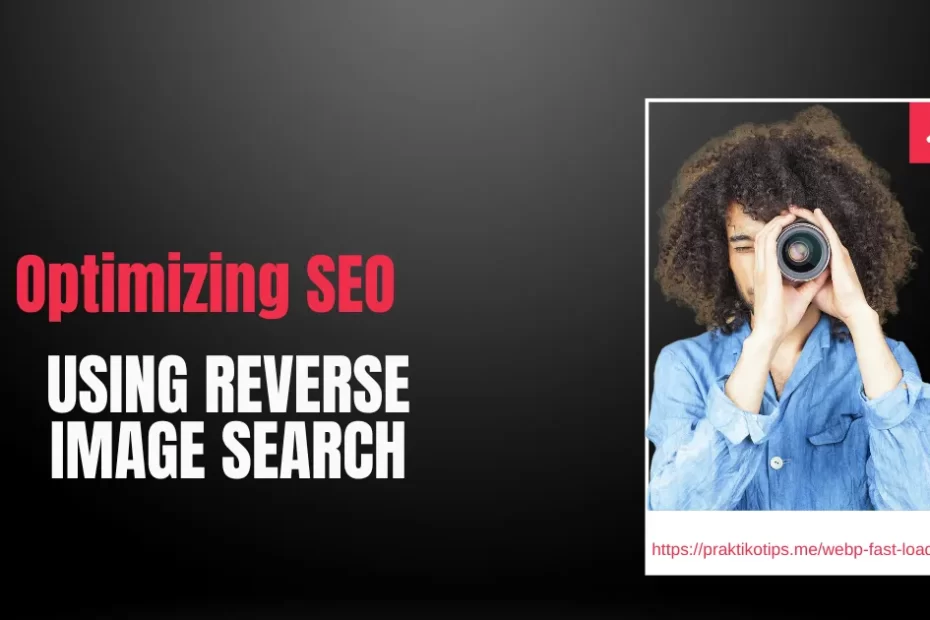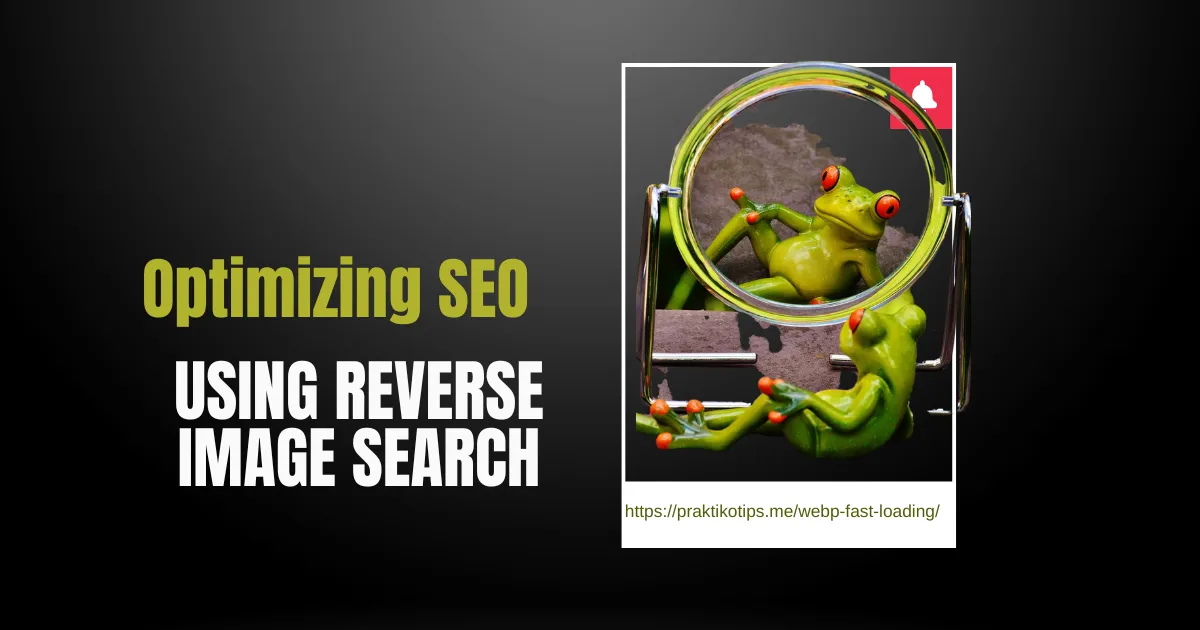Do you want to optimize your website’s SEO and drive organic traffic? If so, reverse image search keywords could be the game-changer you’ve been waiting for. By effectively utilizing reverse image search, you can enhance your website’s visibility, attract more visitors, and ultimately boost your rankings on search engines like Google.
Reverse image search allows you to use images instead of text to find relevant keywords and related content. This powerful tool can help you uncover new keyword opportunities and create more engaging and tailored content for your audience.
By strategically incorporating reverse image search keywords throughout your website, you can improve your chances of appearing in image-based search results. This means more exposure for your brand and increased organic traffic.
Furthermore, reverse image search can be particularly beneficial for e-commerce businesses. It enables you to find competitors’ product images, track copyright infringement, and even discover opportunities to collaborate with influencers or partners.
Don’t underestimate the potential of reverse image search keywords to boost your website’s SEO and drive organic traffic. Start incorporating this innovative technique into your strategy and watch your online presence soar.
How Reverse Image Search Keywords Can Drive Organic Traffic / Boosting Website Traffic With Image Search Keywords
In today’s digital landscape, SEO plays a crucial role in determining the success of a website. When it comes to optimizing your website for search engines, traditional keyword research is essential. However, incorporating reverse image search into your SEO strategy can take your efforts to the next level.
Reverse image search allows search engines to understand the context and content of an image, making it easier for them to index and rank your website. By including reverse image search keywords, you provide search engines with valuable information that can improve your website’s visibility in search results.
In addition, reverse image search can help you identify instances of image theft or copyright infringement. By regularly conducting reverse image searches, you can protect your brand’s intellectual property and take appropriate action against those who misuse your images.
Using Reverse Image Search For SEO / The Benefits Of Using Reverse Image Search Keywords
Reverse image search keywords have the potential to drive organic traffic to your website in several ways. Firstly, by optimizing your website’s images with relevant keywords, you increase the likelihood of appearing in image-based search results. This can attract new visitors who are specifically looking for images related to your content or products.
Secondly, reverse image search keywords can improve the overall user experience on your website. When users find images that are relevant to their search queries, they are more likely to engage with your content and explore further. This increased engagement can lead to longer visit durations, lower bounce rates, and ultimately, improved SEO rankings.
Furthermore, incorporating reverse image search keywords can help you tap into new markets and reach a wider audience. By catering to image-based searches, you can attract users who may not have found your website through traditional text-based searches. This can open up new opportunities for growth and expansion.
How To Find Relevant Reverse Image Search Keywords (RiSk)
Using reverse image search keywords offers numerous benefits for your website and SEO strategy. Firstly, it allows you to discover new keyword opportunities that may not have been apparent through traditional keyword research methods. By analyzing the keywords associated with images related to your content or industry, you can identify untapped niches and create targeted content that resonates with your audience.
Secondly, reverse image search keywords enable you to optimize your website’s images for search engines. Including relevant keywords in image file names, alt tags, and surrounding text increases the likelihood of your images being discovered and indexed by search engines. This can significantly improve your website’s visibility and attract more organic traffic.
Another benefit of using RiSk is the ability to track and monitor your competitors’ image usage. You can identify websites using your visuals without permission by conducting reverse image searches on your images. This allows you to act appropriately and protect your brand’s intellectual property.
Incorporating Reverse Image Search Keywords In Your Website Content
Finding relevant RiSk requires a strategic approach. Here are some effective methods to uncover valuable keywords for your website:
Reverse Image Search Tools
Utilize reverse image search tools like Google Images, TinEye, or Bing Visual Search to find similar images and explore the associated keywords. These tools can provide insights into how search engines interpret and categorize images, helping you identify relevant keywords for your content.
Image Metadata Analysis
Examine the metadata of images related to your industry or niche. This includes details such as image titles, descriptions, and tags. By analyzing this metadata, you can identify commonly used keywords and incorporate them into your own content.
Competitor Analysis
nly used keywords and incorporate them into your own content. 3. Competitor Analysis: Analyze the images used by your competitors and identify any keywords associated with those visuals. This can help you uncover new keyword opportunities and gain a competitive edge in your industry.
Keyword Research Tools
Use traditional keyword research tools like Google Keyword Planner, SEMrush, or Ahrefs to identify related keywords for your target audience. These tools can provide valuable insights into the search volume, competition, and relevance of various keywords.
Optimizing Seo Using Reverse Image Search
Once you have identified relevant reverse image search keywords, it’s important to strategically incorporate them into your website content. Here are some effective ways to do this:
- Image File Names: Rename your image files using descriptive keywords that accurately represent the content of the image. This helps search engines understand the context and relevance of the visuals.
- Alt Text: Write keyword-rich alt text for each image on your website. Alt text provides a textual description of the image, making it accessible to visually impaired users and improving your SEO.
- Surrounding Text: Incorporate reverse image search keywords naturally within the surrounding text of your web pages. This can include headings, captions, and paragraphs that provide context for the image.
- Image Sitemaps: Create an image sitemap for your website to help search engines index and discover your images more efficiently. This ensures that your images are properly crawled and included in search results.
Case studies of successful websites using reverse image search keywords
Optimizing your website’s images for reverse image search is crucial for improving your SEO rankings and driving organic traffic. Here are some tips to optimize your images:
- Image Compression: Compress your images to reduce file size without sacrificing quality. This improves website loading speed, which is a crucial factor in user experience and SEO rankings.
- Image Format: Choose the appropriate image format based on the content and purpose of the image. JPEG is ideal for photographs, while PNG is suitable for graphics and images with transparency.
- Image Dimensions: Resize your images to the optimal dimensions for your website. This ensures that your images load quickly and appear correctly on different devices and screen sizes.
- Image Captions: Include descriptive captions for your images, incorporating reverse image search keywords when relevant. Captions provide additional context and improve user engagement.
To illustrate the impact of reverse image search keywords on SEO and organic traffic, let’s look at some real-life case studies:
- Case Study 1: E-commerce Website: An e-commerce website selling fashion accessories utilized reverse image search keywords to optimize its product images. By including relevant keywords in image file names, alt text, and surrounding text, they significantly improved their visibility in image-based search results. This led to a substantial increase in organic traffic and higher conversion rates.
- Case Study 2: Travel Blog: A travel blog used reverse image search keywords to enhance their destination photos. By incorporating descriptive keywords in the image file names, alt text, and surrounding text, they attracted more visitors looking for travel inspiration. This resulted in increased engagement, longer visit durations, and improved rankings on search engines.



Hello my loved one! I want to say that this post is amazing, great written and include almost all significant infos. I would like to look extra posts like this.
I’ve tried using image search before but found it a bit hit or miss. Has anyone experienced really accurate results with any particular platform or tool?